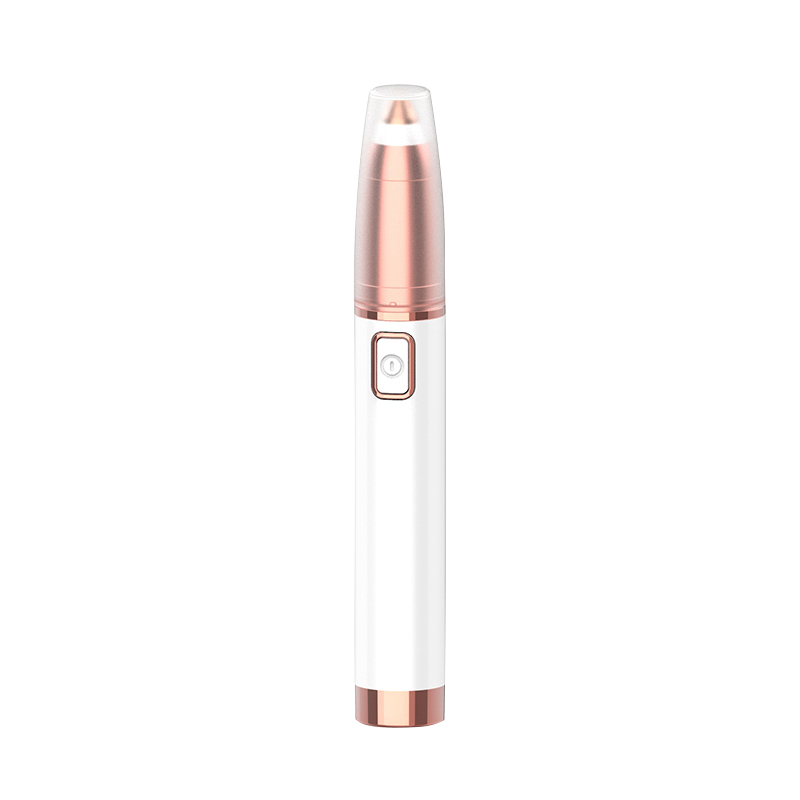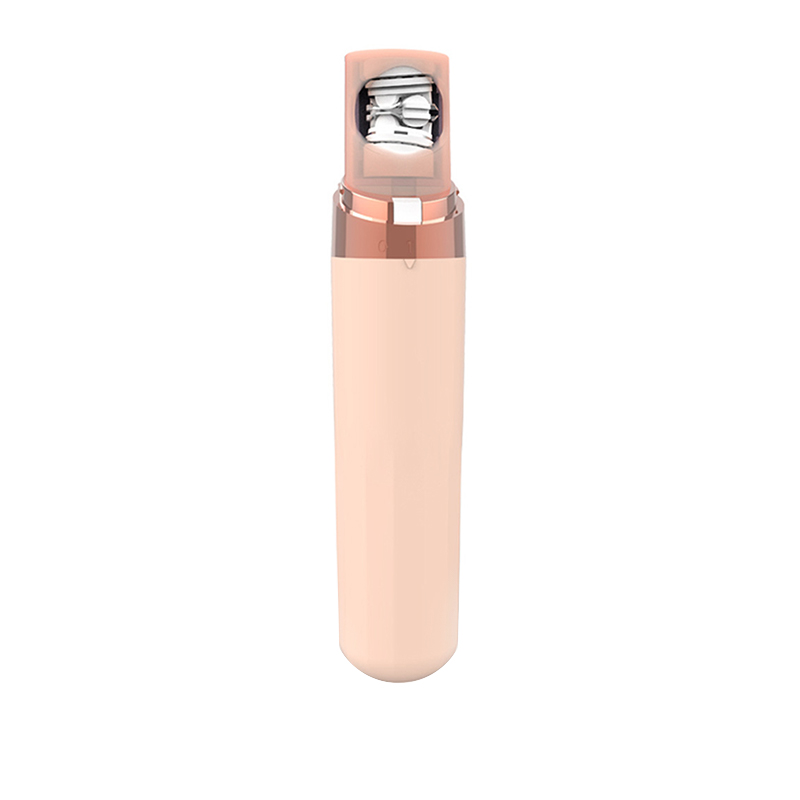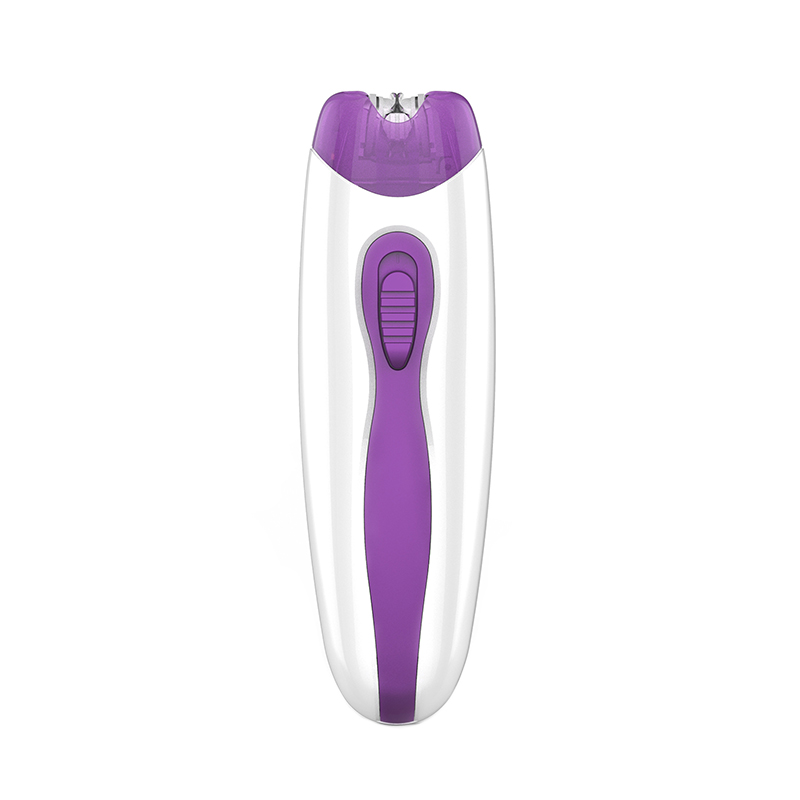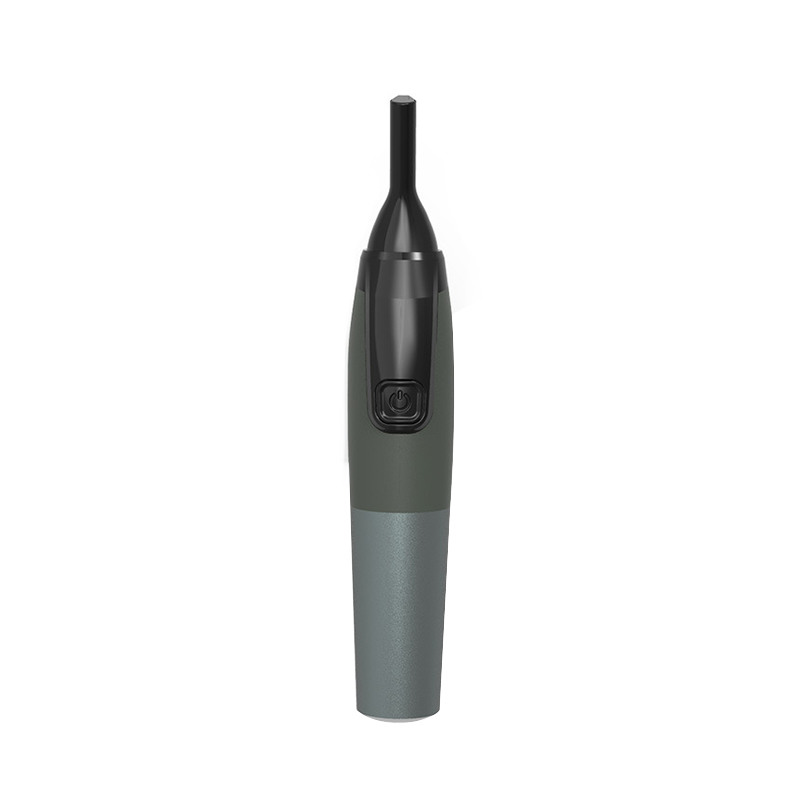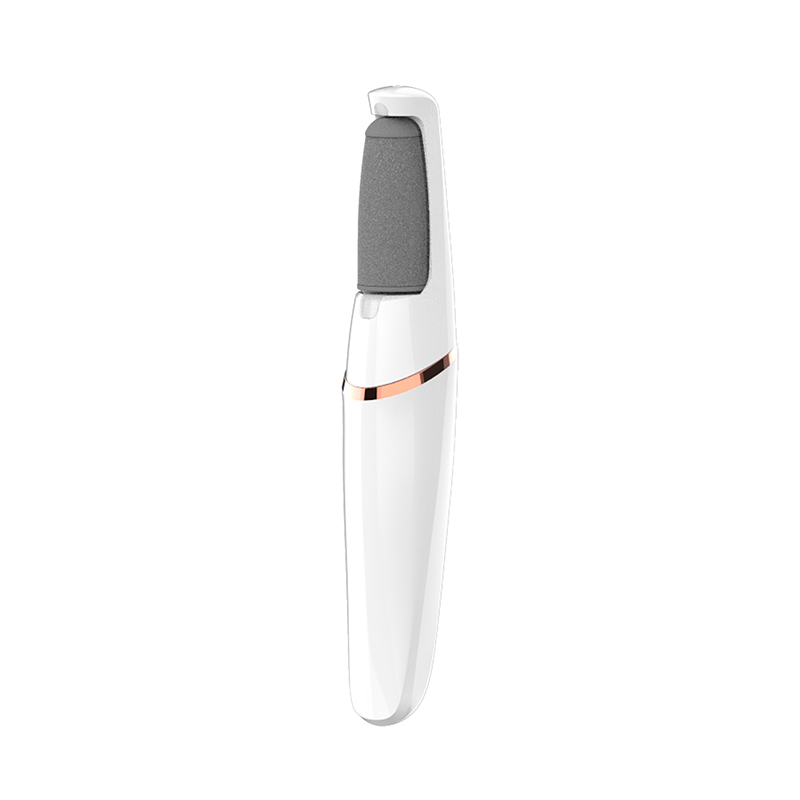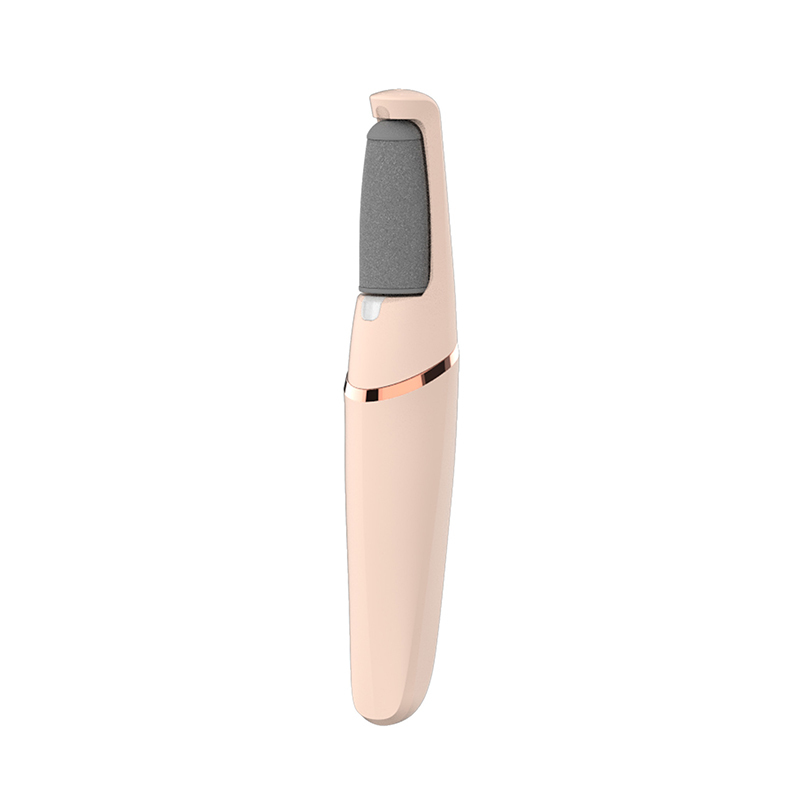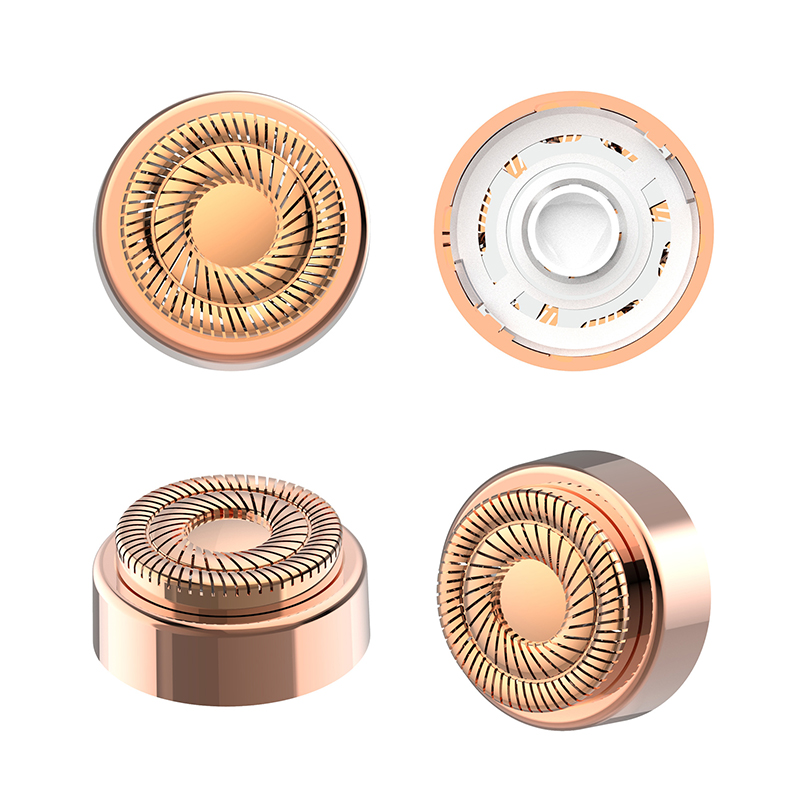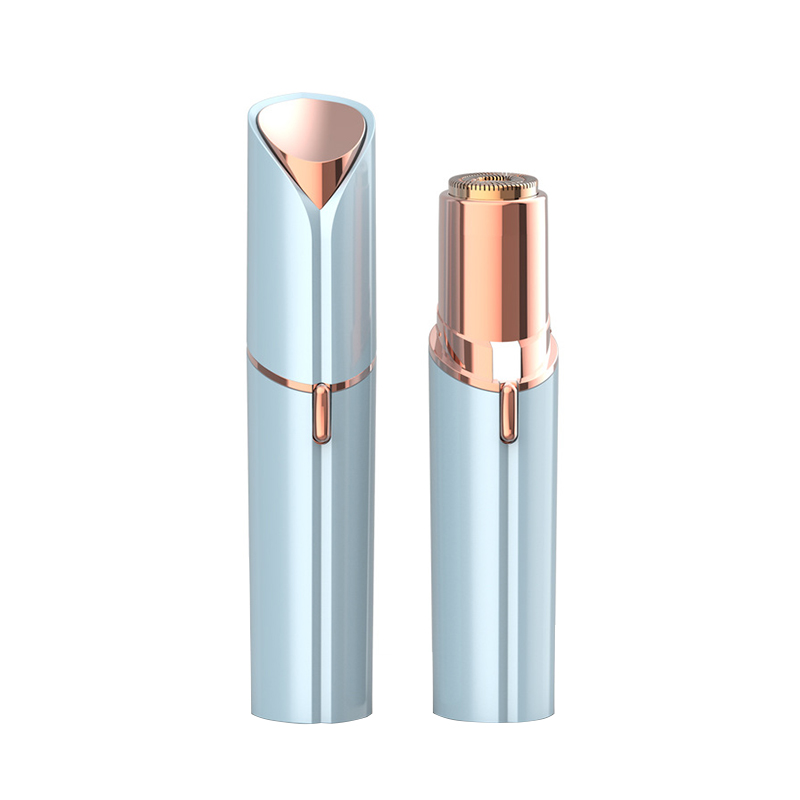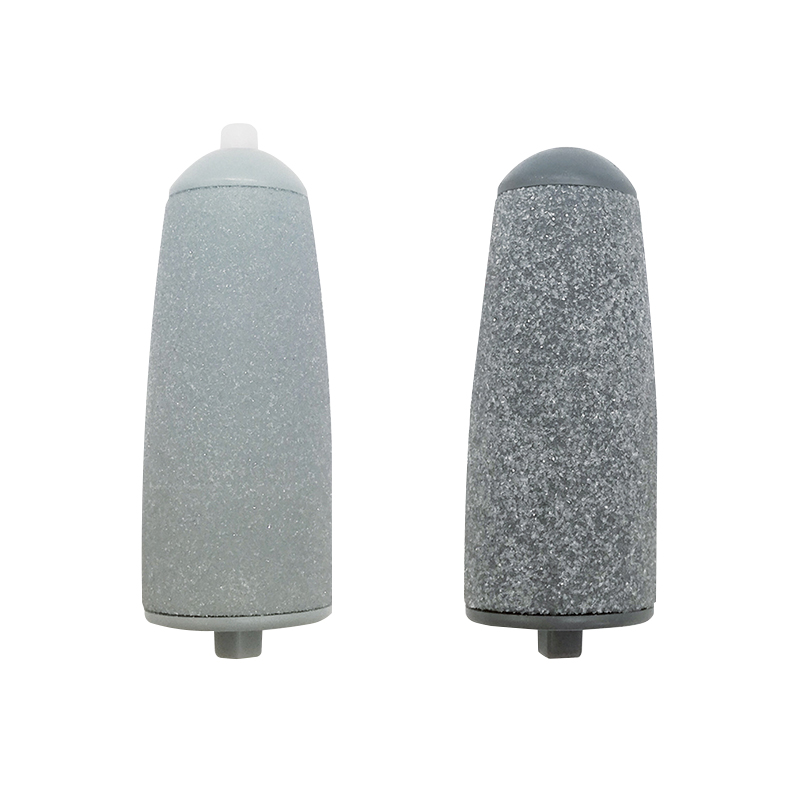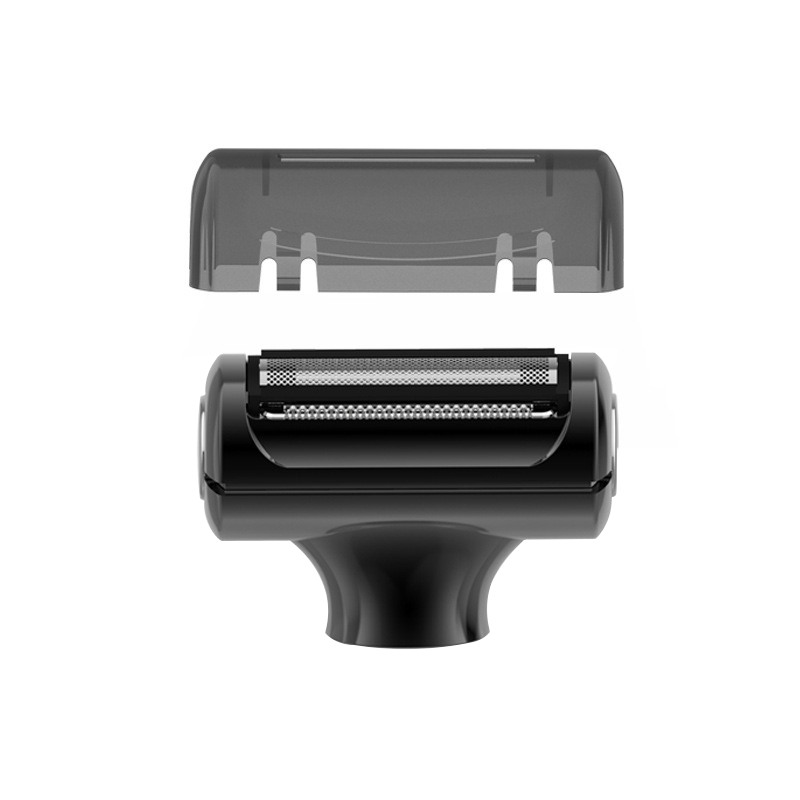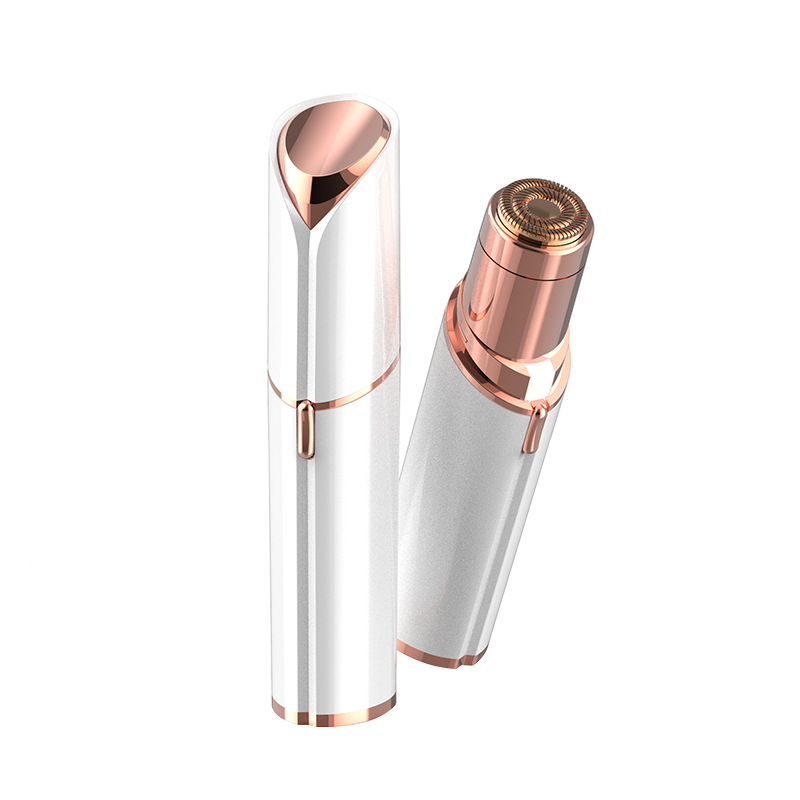Electric facial hair removers have gained popularity as convenient tools for managing unwanted facial hair. A common question, particularly among individuals with coarse hair, is: how effective are these devices? Understanding their performance requires examining the technology, hair characteristics, and realistic expectations.
Understanding Coarse Hair: Coarse hair is characterized by a larger diameter and often a denser medulla (central core) compared to fine or vellus hair. This increased thickness stems from a larger hair follicle and higher keratin content. Coarse hair is typically stronger, more resilient, and can be more deeply rooted, posing a greater challenge for removal methods.
How Electric Facial Hair Removers Work: These devices employ various mechanisms designed to capture and remove hair at the skin's surface or slightly below:
- Rotating Discs/Springs: Small, closely spaced coils or springs rotate rapidly, catching hairs and pulling them out by the root as the device glides over the skin.
- Tweezer Heads: Oscillating discs lined with micro-openings trap hairs, which are then mechanically plucked as the discs rotate. Unlike epilators that grasp hairs longer than the surface, facial hair removers often target shorter stubble effectively.
Effectiveness on Coarse Hair: Factors to Consider
- Mechanical Suitability: The core strength of these devices lies in their mechanical plucking action. This method is generally capable of removing coarse hair, as it grips the hair shaft directly and extracts it from the follicle. The sturdy nature of coarse hair can sometimes make it easier for the device to grip compared to very fine, slippery hairs.
- Immediate Results: When used correctly, electric facial hair removers provide immediate, smooth results by removing hair from the root. For coarse hair, this smoothness can be noticeable and last longer than shaving, as it avoids the blunt tip left by razors that can feel like stubble quickly.
- Hair Growth Cycle: Like all methods removing hair from the root (epilation, waxing, tweezing), results are not permanent. Hair regrowth depends on the individual's growth cycle. Coarse hair may have a longer anagen (growth) phase, meaning results could potentially last slightly longer than for finer hair types, often cited as 1-4 weeks.
- Potential Challenges:
- Pain Tolerance: Removing coarse hair from the root can be more uncomfortable or painful than removing finer hair due to the larger follicle size and stronger root attachment. User sensitivity varies significantly.
- Ingrown Hairs: Individuals prone to ingrown hairs, especially with coarse, curly hair, may experience them with any method involving plucking. Proper exfoliation and technique are crucial.
- Skin Irritation: The mechanical action can cause temporary redness, swelling, or irritation, particularly on sensitive facial skin. Coarser hair removal may exacerbate this initially. Using the device on clean, dry skin and avoiding over-treatment of areas is essential.
- Device Design: Effectiveness can vary between models. Devices specifically designed for facial use with appropriate head sizes and speeds may perform better on coarse facial hair than generic body epilators.
- Comparison to Other Methods:
- Vs. Shaving: Removers offer longer-lasting smoothness by plucking instead of cutting, avoiding the quick reappearance of blunt tips common with coarse stubble. They do not cause cuts but may cause more initial discomfort.
- Vs. Depilatory Creams: Creams chemically dissolve hair at the skin's surface. They can be effective on coarse hair but carry higher risks of skin reactions and offer results of similar duration to shaving.
- Vs. Professional Electrolysis/Laser: These methods target the follicle for long-term reduction or permanent removal. Electric removers offer no permanent reduction; they are a maintenance tool. Professional methods are significantly more costly and time-consuming but address the root cause more effectively long-term, especially for coarse hair which often responds well to laser.
Practical Considerations for Effective Use on Coarse Hair:
- Preparation: Ensure skin is clean, dry, and free of oils or lotions. Hair should ideally be short (1/16 to 1/8 inch or 1.5-3mm) for optimal grabbing.
- Technique: Hold the skin taut. Glide the device slowly and steadily against the direction of hair growth. Avoid pressing too hard; let the device head do the work. Do not go over the same area repeatedly.
- Frequency: Regular use (e.g., weekly) may lead to reduced discomfort over time as hair cycles may become more synchronized.
- Aftercare: Apply a soothing, alcohol-free moisturizer or cool compress post-treatment to calm skin. Avoid sun exposure and harsh products immediately after.
- Consultation: Individuals with very sensitive skin, active acne, rosacea, or skin conditions should consult a dermatologist before use.
Electric facial hair removers are generally effective at removing coarse facial hair, providing smooth results that last longer than shaving by extracting hair from the root. Their mechanical action is suited to gripping and removing thicker hair shafts. However, effectiveness is accompanied by considerations: the process can be more uncomfortable with coarse hair, requires consistent maintenance, and carries risks of irritation or ingrown hairs. Managing expectations is crucial – they offer efficient temporary hair removal, not permanent reduction. Success hinges on selecting a device designed for facial use, employing proper technique, diligent aftercare, and understanding individual skin and hair response.




